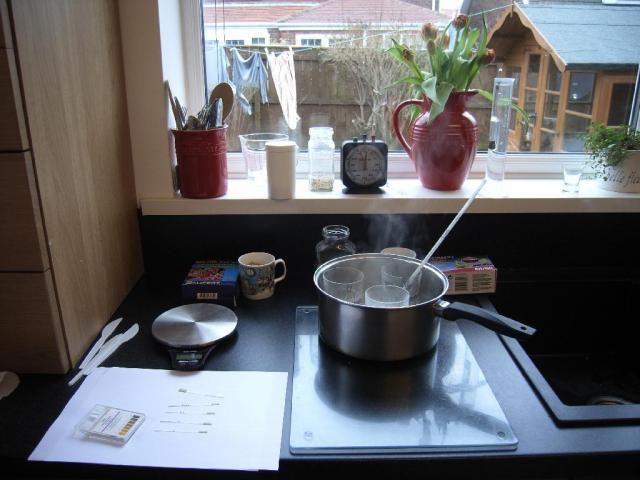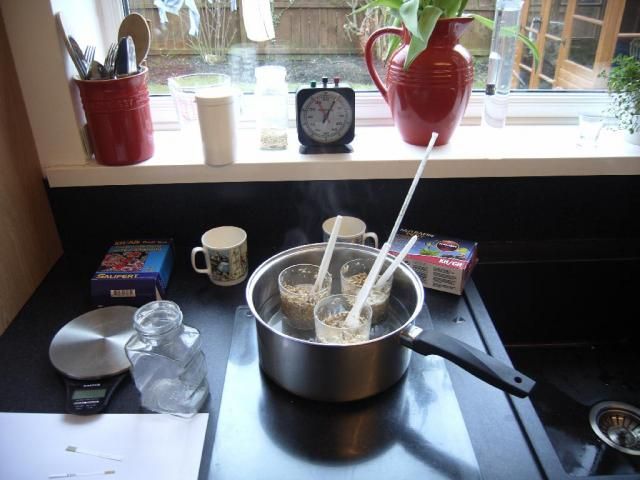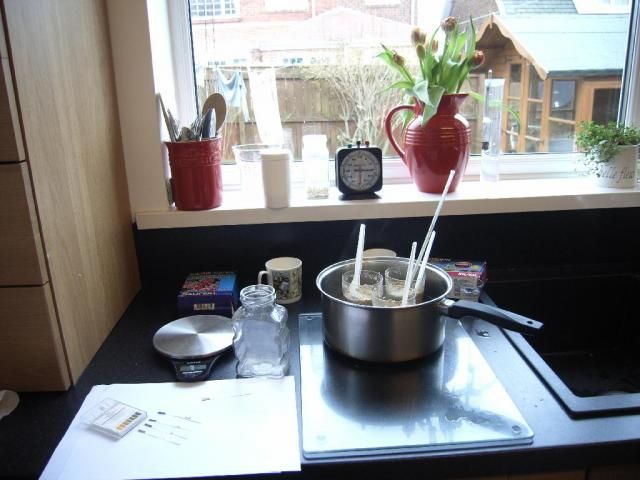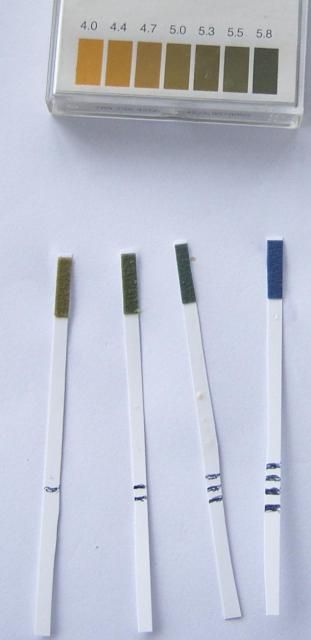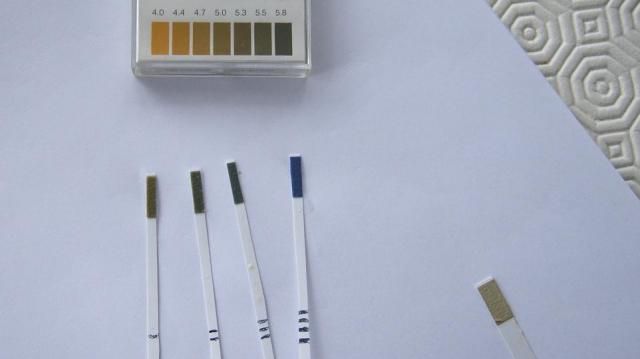I'm finding with today's brew, (a nice malty porter) and the previous one that the measured pH is a tad lower than Martin's calculations. This one I got 5.41-2. MB's calculation 5.52. The previous one was 5.37 instead of 5.48. So both brews have been about 0.11 lower. I'm thinking of using a little less acid next time to see if makes the difference. It could also be that his calculations for the grain content are different from the grains I am using. Either way I doubt it's anything to lose sleep over.orlando wrote:Good point Matt, moreover calibrating and measuring the wort at the same temp is a good idea too. I have seen quite a variation in the readings if I'm a little lax. I have calibrated my pH meter to room temperature and allow the mash to cool to that before measuring too. These things are not particularly robust so you really have to look after them. If you do you might get away with replacing the probe once a yearMatt12398 wrote:It's also worth remembering that the pH scale is logarithmic so a small misjudgement on the colour reading coupled with the relative inaccuracy of pH strips means that the pH reading you decide upon being the measured pH of your mash could be miles out from what it actually is.. One of the reasons I'm so keen on the Brun' water calculator is that if I can see that it is largely accurate in predicting the pH I may not have to use the meter so much.
By the way, Orlando, is there any particular reason why you do your water treatment the day before? I always do mine at the start of the session, especially now that I'm treating mash and sparge waters separately.


